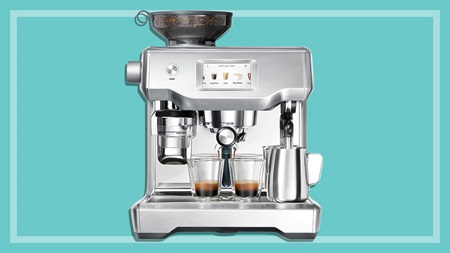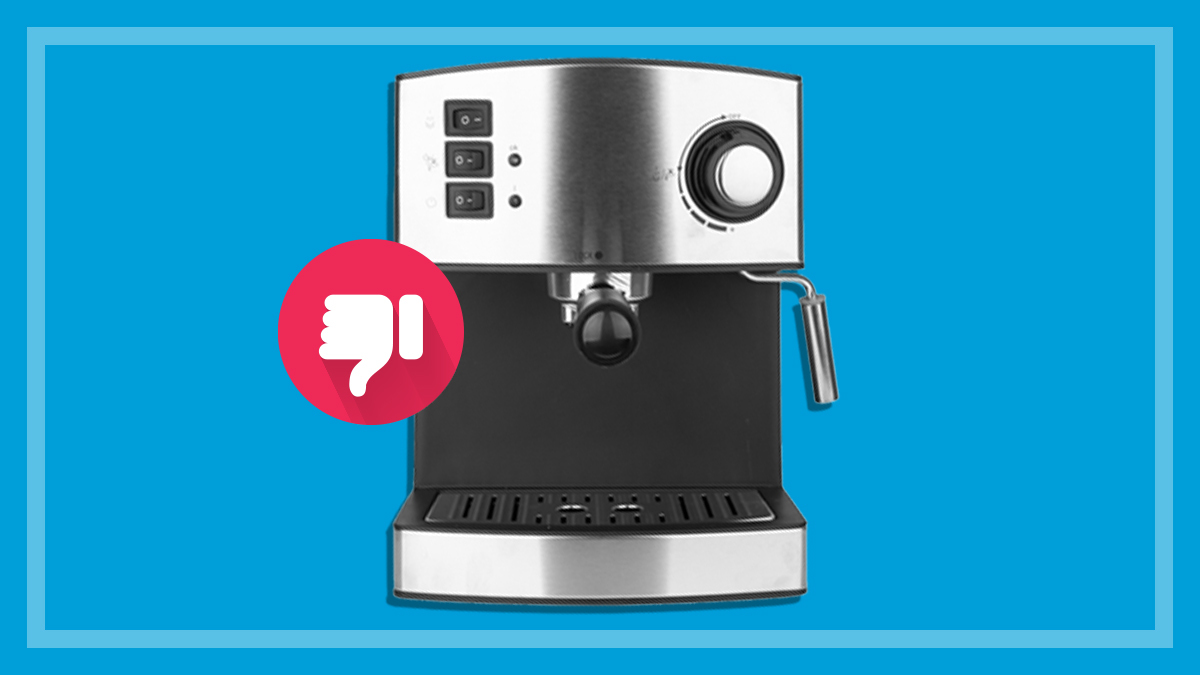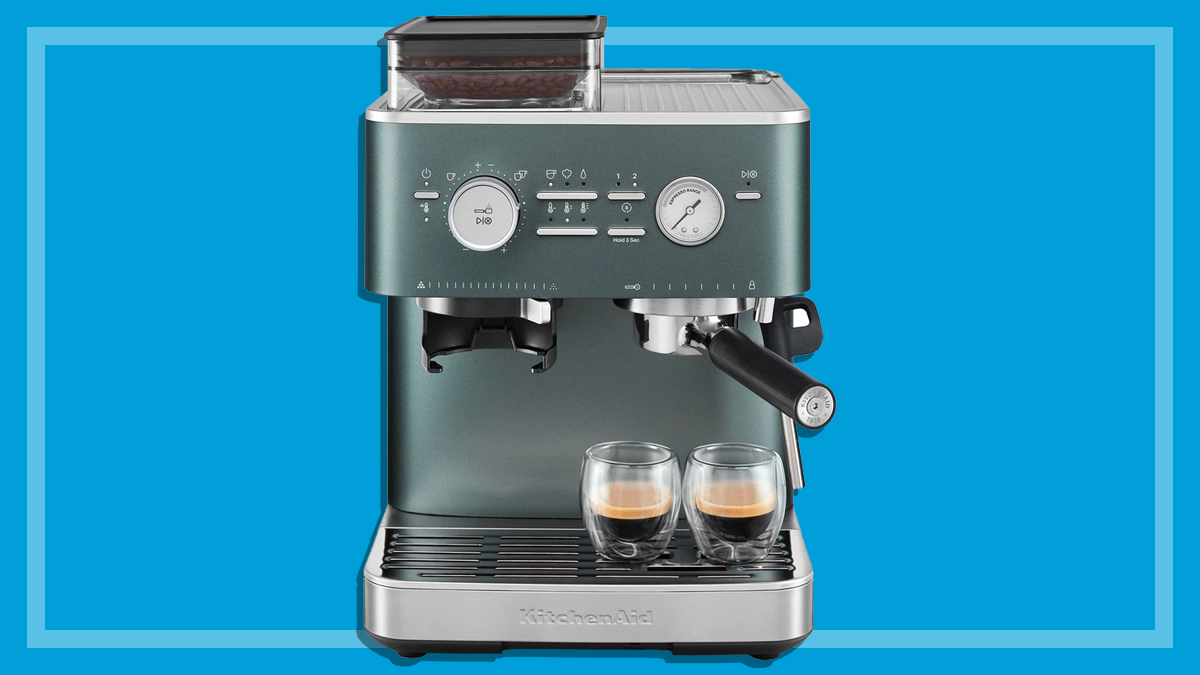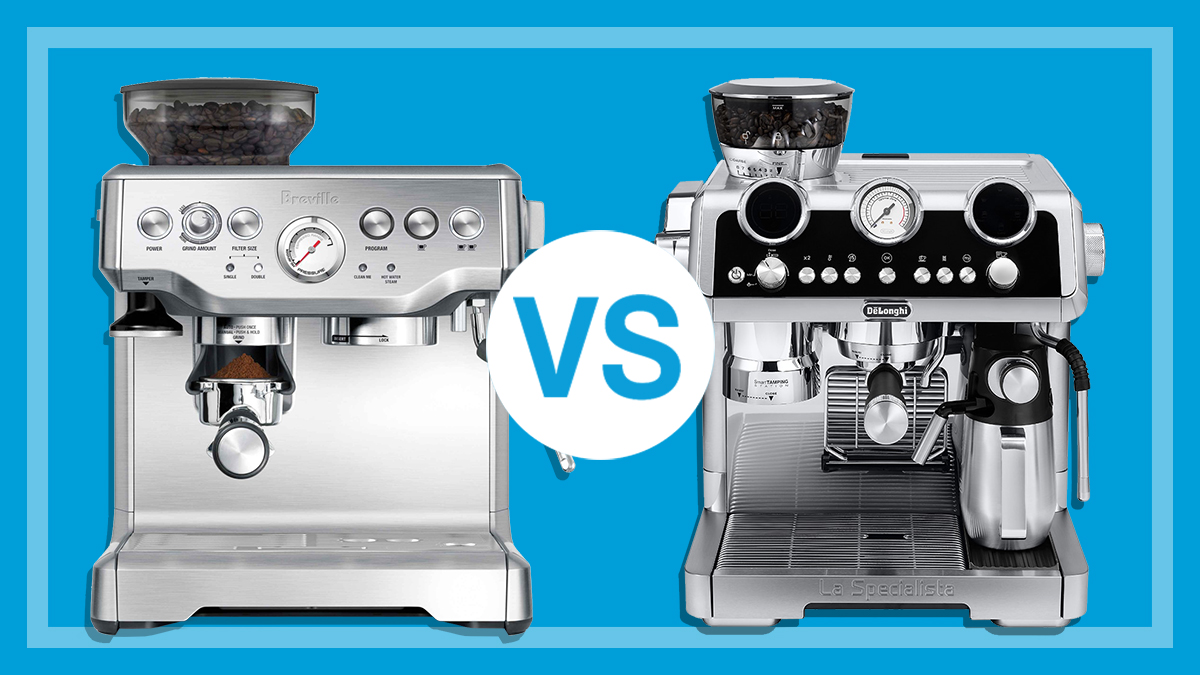Get our independent lab tests, expert reviews and honest advice.
Coffee gadgets to try for barista-style results
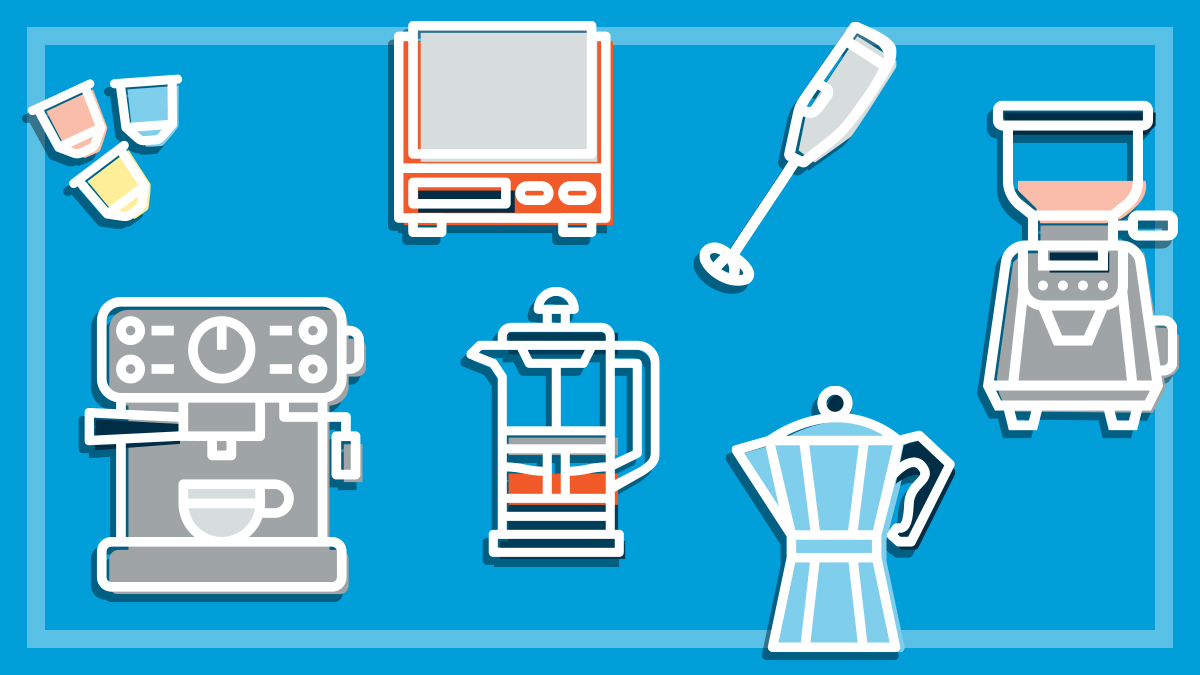
For many, our morning coffee is one of life’s great little pleasures. There may be moments when we’d like to shoo our caffeine addiction out the door, especially when it’s hard to find a good cup, but mostly we’re quite comfortable with this daily dependency.
If your coffee habit has become a little stale, percolating away in the same routine, it might be time to lift your game and get a little more enjoyment out of each cup.
Maybe you’re keen to do-away with store-bought coffee or have a go at DIY espresso to save money, or maybe it’s simply time to update your home equipment and pay a bit more attention to your grinds.
Whatever your motivation, we’ve rounded up some gadgets that might help you invigorate your morning shot.
Espresso machines
An espresso machine can be a substantial investment, but if your coffee habit has been your longest relationship and things are getting serious, it’s probably worth setting yourself up with a home machine that will ultimately save you money.
Prices prices vary from under a hundred dollars up to thousands, so how deep is your commitment, and more to the point, what can you afford? CHOICE experts have found great machines for as little as $79 and as much as $3299.
Another question to ask is whether you’re prepared for the work of a manual espresso machine compared to the low maintenance appeal of a pod espresso machine. For true coffee aficionados, you can’t beat a manual machine for all the nuances of flavour and intricacies of the grind you can play around with to personalise things.
if your coffee habit has been your longest relationship and things are getting serious, it’s probably worth setting yourself up with a home espresso machine
CHOICE expert Adrian Lini says it’s worth considering their size, the necessity for a lot of extra gadgets, and ease of use. “The machine also needs to be warmed up and it may take a beginner a long time before they start making good espressos that rival what they can get down at the local café,” he says.
For those who like a consistent brew without the palaver, an and easy-to-use pod machine is convenient, and each cup comfortably predictable. Whichever way you go, be sure to check out our coffee machine reviews as there are some duds out there to avoid.
And, once you do bring a machine home, there are some tips that will keep everything running smoothly, so take a look at these 11 coffee machine mistakes.
Grinders
Some espresso machines come with automatic in-built grinders. For true coffee dilettantes, the adjustment of your grind can have a huge impact in the cup. This means a grinder is essential equipment for the dedicated home barista, but they’re also great if you have a plunger or stove-top coffeemaker and like to enjoy freshly ground beans.
When buying a grinder, be sure to choose one that has multiple grind settings, as the grind will vary between espresso machines and other types of coffeemakers.
“One should always research the best grind settings and grinder depending on the coffee you’d like to make before purchasing,” says Lini. “This is important for espresso machines especially, because they are more finicky when it comes to getting a good espresso shot.”
‘Do I really need a grinder?’ you might ask. Perhaps not, if you’re buying pre-ground beans and are perfectly happy with your brew. But unless you’re consuming store-bought coffee within a few days of being freshly ground, you’re likely drinking an inferior product. Air and split beans are not good friends, so the older your ground coffee, the less delicious it is. And do keep in mind that supermarket coffee likely sits on the shelf for quite some time.
If you’re decide you need a grinder, the next question is which grinder to buy. Again, grinders can vary vastly in price, but there are essentially two types – blade and burr.
One should always research the best grind settings and grinder depending on the coffee you’d like to make before purchasing
CHOICE tester, Adrian Lini
Blade grinders are usually cheaper, and can perform other kitchen tasks, such as grinding spices, but they’re not the gold standard for coffee. This is because they produce an inconsistent grind. Burr grinders, on the other hand, create a nice, even grind, which results in a much better flavour.
Other things to look out for are an automatic switch-off, a group rest, portion control for a standard cup (not everyone likes this), and a shutter.

Kitchen scales
If you’re going all-in with the home brew, you’ll want to get yourself some good-quality kitchen scales. For espresso machines, a perfect cup is as much about quantity of coffee as it is the grind, as both have a bearing on how the water runs through the grounds.
Lini says scales are valuable, especially for those starting out as it eliminates one of the many issues that can go wrong making espresso as a beginner.
“Espresso usually follows a guideline of 7g of coffee grounds per shot, 14–25g for a double shot,” he says. “This can change depending on the bean and machine.”
If weighing out your shots is not something you can assess by eye (a tricky feat!) and coffee perfection matters to you, you’ll need to weigh out each portion of ground coffee before brewing. Yes, it can get tedious when you’re making coffee for six friends or when you have children demanding you make them a smoothie at 6am, but if you’re serious in your caffeine quest, check out our kitchen scale buying guide.
Milk frother
For those who like a silky, milky coffee, microwave-warmed milk falls disappointingly flat. Most serious manual espresso machines come with an in-built frother to steam your milk, but for pod machines, you can find some stand-alone milk frothers that do a decent job for around the $50 price point. Although, there are some on the market for a few-hundred dollars, too.
Milk frothers generally hold less than two cups’ worth of milk and can be tiresome to clean, so if you’re making a lot of coffees at once and enjoy well-fluffed milk, it may be worth investing in a machine with a steamer, instead.
Stovetop, French press and portable coffeemakers
There are ways to make a decent coffee at home without cluttering your countertop with a large espresso machine. If you’re a long black drinker, in particular, you’ll do well with a French press (also called plunger or cafetière) or a stovetop coffeemaker. While these take freshly ground coffee, which you can grind yourself, they tend to yield a weaker result as the pressure and heat of an espresso extraction is lacking.
Milk frothers generally hold less than two cups’ worth of milk and can be tiresome to clean, so if you’re making a lot of coffees at once … it may be worth investing in a machine with a steamer
“A stovetop or plunger coffeemaker will never have the same taste or consistency of an espresso, so that’s the first decision to make,” says Lini. Still, with a little know-how and tweaking to your tastes, you can make an enjoyable cuppa. The added advantage here is the portability of these coffeemakers, meaning they’re great to take camping or caravanning.
On that note, there are a few ultra-portable, hand-held coffeemakers that are ideal for when you’re really getting out into the bush. So long as you can boil water over a campfire, you can make an espresso-style coffee with the Aeropress, Handpresso and other similar products. But, while they’ll do a solid job of caffeinating you and will relieve you of dropping your standard to instant coffee, don’t expect café or even home-brew results.
Filter, drip brew and vacuum
For some, a rich, crema-topped espresso can’t be surpassed, but there are other styles that come with their own merit and subtle nuances. A little lighter in body, filter, drip brew and vacuum coffeemakers are worth some thought if you’re not a hard-line espresso head but still want to service your caffeine addiction yourself.
If you’ve ever travelled through the US, no doubt you became accustomed to electric filter coffee. Prolific everywhere in diners and hotels, filter (which is also drip coffee) is what you get if you’re not specific about what you’re after. Keeping coffee warm for hours, so you can just chug away throughout the day, these machines are not high-brow by any means but they’re affordable and convenient.
For the brew-curious, there’s also the science lab-looking vacuum coffee that makes use of vapour pressure to siphon the coffee from the grinds. Pour-over is another method of making coffee that is incredibly simple: add coffee in the paper filter, pour over hot water, let it happen. In fact, all these drip-style coffeemakers are excellent for enjoying iced or cold coffee, so if that’s how you best enjoy your caffeine, they may be your go-to.

